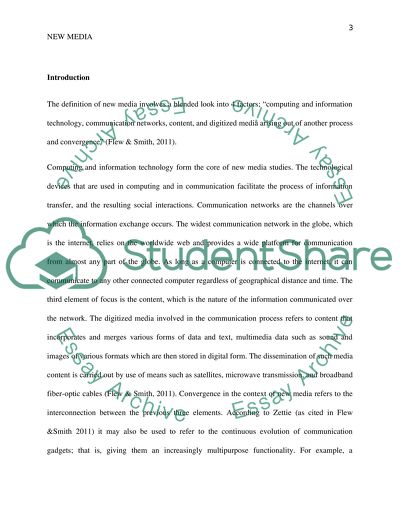Reading response Essay Example | Topics and Well Written Essays - 750 words. Retrieved from https://studentshare.org/journalism-communication/1486755-reading-response
Reading Response Essay Example | Topics and Well Written Essays - 750 Words. https://studentshare.org/journalism-communication/1486755-reading-response.


